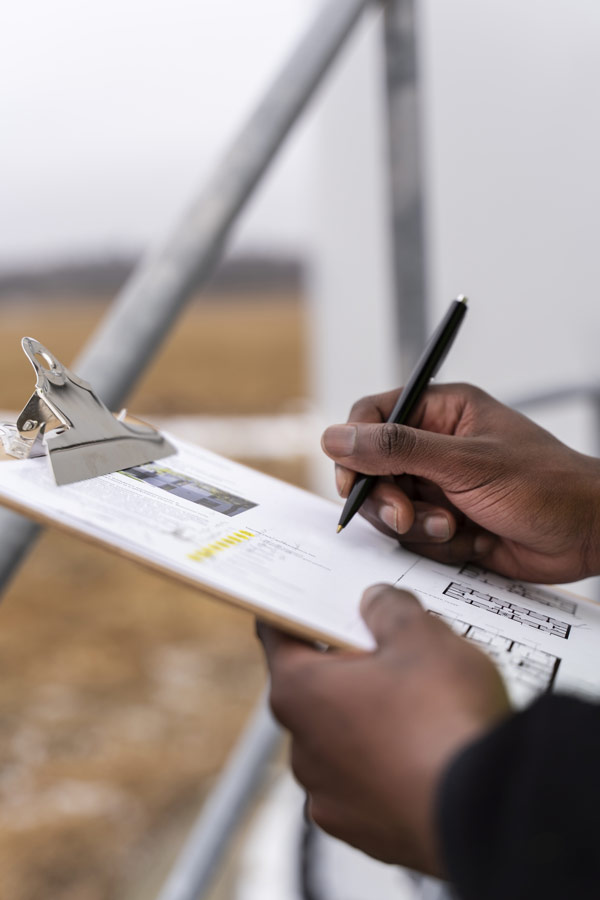Trusted Lead Paint Removal Company-- NYC's Premier Lead Abatement Service
Trusted Lead Paint Removal Company-- NYC's Premier Lead Abatement Service
Blog Article
Vital Tools and Techniques for Efficient Lead Violation Cleanup
Attending to lead violations successfully necessitates a detailed approach that mixes the right tools with tactical approaches. Concurrently, the use of specialized clean-up devices, such as HEPA vacuums and lead-specific cleansing representatives, is necessary for comprehensive impurity removal. Effective control approaches, including plastic sheet and adverse air stress systems, are vital to protect against the spread of unsafe products.
Personal Protective Devices
Individual safety equipment (PPE) is a vital element in the effective administration of lead contamination clean-up. PPE offers as a vital barrier, safeguarding workers from the harmful results of lead direct exposure, which can result in severe health and wellness consequences. The important PPE for lead clean-up consists of respirators, safety apparel, handwear covers, and eye defense. Each sort of tools is specifically developed to reduce different risks connected with lead bits and dust.
Respirators, specifically those geared up with HEPA filters, are essential for filtering air-borne lead particles, protecting against breathing. Protective clothes, including coveralls and non reusable suits, protects against lead dust from sticking to workers' garments, reducing the danger of secondary contamination.
In addition, extensive training on the correct use and upkeep of PPE is necessary. Workers must be enlightened on donning and doffing treatments to avoid contamination. Normal evaluations and substitutes of PPE components are required to preserve their safety abilities, making sure a safe and compliant clean-up procedure.
Specialized Clean-up Devices

Another crucial tool is the wet/dry vacuum, which can properly clean up both dirt and liquid pollutants. These vacuum cleaners often include HEPA filters to supply an extra layer of safety. Damp cleans or tack towels are also vital for surface area cleaning; they are specifically made to record and hold lead particles, decreasing the danger of spreading out contamination.
For even more persistent down payments, specialized lead-removal cleaner are called for. These representatives are developed to damage down lead bits, making them less complicated to remove. Scrub brushes with durable bristles can assist in this process, especially on rough surfaces where lead dirt often tends to adhere more strongly.
Furthermore, encapsulants are utilized to seal lead-contaminated surfaces, stopping the release of lead dust. These specialized paints and coatings are developed to follow various substrates, supplying a long-lasting option for lead control.
Efficient Containment Techniques
Effective control methods are essential in alleviating the spread of lead contamination during cleanup activities. Carrying out durable control approaches ensures that lead particles do not move to untouched locations, thus protecting both employees and the atmosphere moved here (DOH & HPD Lead Violation Removal NYC).

To enhance containment, encapsulants can be put on surfaces that are not being removed or disturbed. These specialized layers bind lead dust, lowering its accessibility for resuspension. Additionally, all workers must use proper Individual Safety Tools (PPE), consisting of respirators and description disposable suits, to stop contamination spread.
Safe Disposal Practices
Ensuring safe disposal practices is a crucial component in the management of lead contamination cleaning. Appropriate disposal mitigates the threat of lead returning to the setting and threatening public health. The initial step is to determine and segregate lead-contaminated waste from various other products. Protected containment using sturdy, watertight containers is necessary to stop spillage throughout transport.
Moving lead waste calls for adherence to strict guidelines. Making use of accredited contaminated materials carriers ensures that the products are managed responsibly. Documentation, consisting of shows up describing the type and amount of waste, need to go along with deliveries to track the waste from the site of origin to its last disposal location.
Designated contaminated materials disposal centers are equipped to take care of lead-contaminated materials safely. These facilities commonly employ innovative approaches such as stablizing, solidification, or chemical treatment to counteract the lead prior to disposal. Landfilling find out this here in specialized, lined locations that protect against leachate from contaminating groundwater is a common method for last disposal.
Routine training for employees associated with lead waste disposal is crucial to maintain safety criteria and stop unintentional direct exposure. By sticking to these practices, organizations can considerably minimize the environmental and health influences connected with lead contamination.
Regulatory Compliance Tips

Complying with regulatory conformity is extremely important in the successful implementation of lead contamination cleaning. Understanding and complying with government, state, and local regulations ensures not just the security and wellness of people however also the lawful and monetary wellness of the clean-up company. The Epa (EPA) establishes stringent standards, such as the Lead Renovation, Repair, and Paint (RRP) Regulation, which mandates proper certification and training for service providers handling lead-based tasks.
Compliance starts with an extensive analysis of applicable legislations and laws. Organizations should remain updated on any kind of legal adjustments, which can be helped with with routine training sessions and registering for sector updates. Documentation is another critical compliance aspect; maintaining detailed records of all tasks, consisting of assessment records, worker training logs, and disposal manifests, is necessary.
Furthermore, engaging with certified lead examiners or take the chance of assessors ensures that lead dangers are appropriately determined and mitigated. Companies should apply the use of Individual Protective Tools (PPE) and guarantee that safety and security protocols are purely adhered to. Last but not least, clear interaction with stakeholders, consisting of staff members, clients, and governing bodies, will certainly foster a culture of compliance and responsibility, inevitably adding to a more secure and a lot more efficient lead cleaning process.
Verdict
Effective lead offense cleaning demands the assimilation of specialized devices and critical methods to make sure safety and effectiveness. Individual safety equipment (PPE) safeguards workers from exposure, while safe disposal techniques and strict adherence to governing conformity are essential for responsibly taking care of dangerous waste.
Report this page